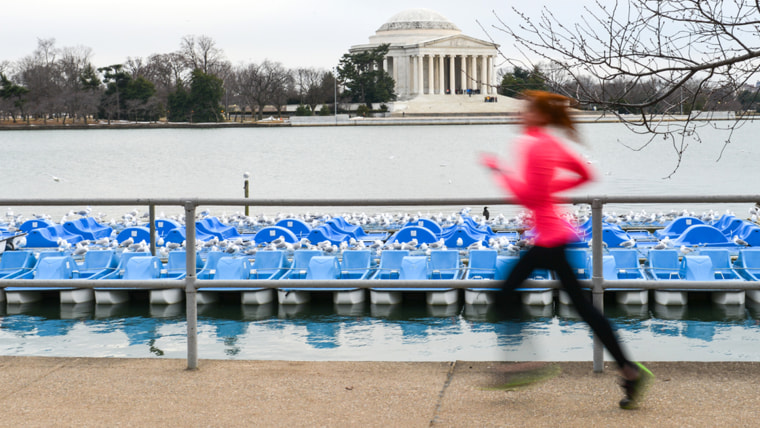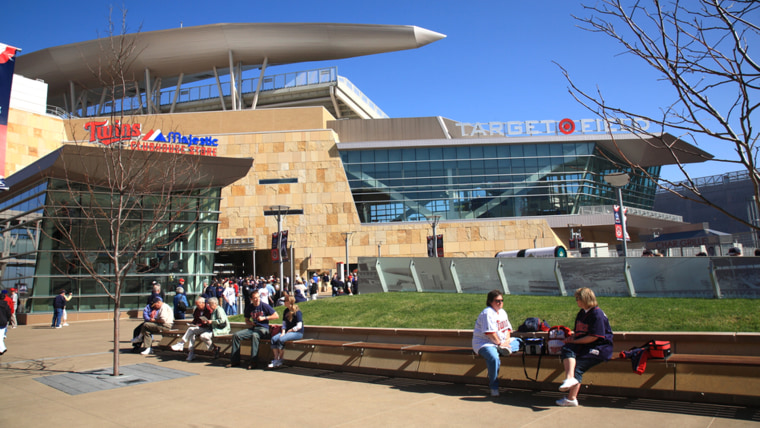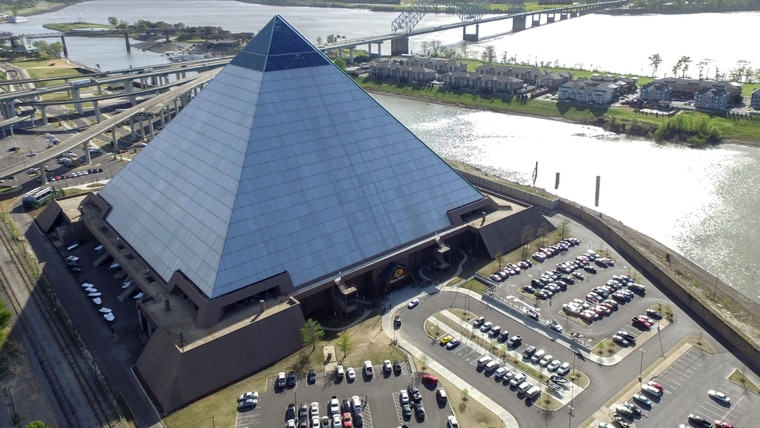For the third year in a row, Washington D.C. ranks as the fittest city in the United States with Minneapolis coming in second, according to the American Fitness Index (AFI). This comes as no surprise as the two cities have dominated the list for years.
But the survey did uncover an interesting trend nationwide — 76.8 percent of Americans reported exercising within within the past 30 days, which is up from 68.7 percent in 2015, an increase of 11.8 percent.
“That’s a huge increase. Usually we will see a one or two percent increase,” says Walter R. Thompson, chair of the AFI advisory board.
RELATED: The happiest, healthiest city in the US is...
The possible reason? Public health campaigns emphasizing the danger of sedentary lifestyles might be making an impact.

This is good news for the nation’s overall health. When a city’s population increases its dedication to health, the city moves up the list, but that’s only part of it. Environmental factors, such as access to parks and walkability, also contribute to how fit a city is. That’s why the American College of Sports Medicine and the Anthem Foundation, which compile the AFI, examine personal health and environmental factors to determine the healthiest cities.
RELATED: 5 easy exercises to sculpt your butt for summer
While the list shows that some cities have swapped places, yet once again Indianapolis is the least healthy city, coming in at 50.
“They have a fairly high percentage of the population that is obese, 33 percent,” says Thompson. “Park expenditures (what the city spends on its parks) is $24 per resident and only 32 percent of the population live within a 10-minute walk of the park.”
Compare that to Washington D.C. where 96.3 percent of the population is within a 10-minute walk of a park, the city spends $346 per resident on parks, and 25 percent of the population is obese. Minneapolis and Denver, the number two and three fittest cities respectively, also boast populations interested in better health and loads of parks and workout facilities.
“What we are starting to see in these cities is people having an interest in their good health and you start seeing changes in the infrastructure,” Thompson says.
RELATED: Healthy, wealthy and wise: America's fittest city is...
San Diego dropped from third place last year to 10th this because of its populations’ declining health behaviors and increase in health problems. While at the bottom of the list, Las Vegas dipped from 31 to 41 because much of its population has obesity-related disorders, such as cardiovascular disease and diabetes, and it lacks parks and walkability.
“Las Vegas suffers from the same kind of problems as a lot of the cities that fall on the lower end,” Thompson says.
But the report also indicates some other positive overall trends, including:
- 4.7 percent decrease in people who smoked
- 7.4 percent drop in diabetes death rate
- 5.2 percent increase per resident spending on parks
"All of this is evidence of Americans adopting a healthier lifestyle," says Thompson.
Top 10:

- Washington D.C.
- Minneapolis
- Denver
- Portland
- San Francisco
- Seattle
- Boston
- Salt Lake City
- Hartford, CT
- San Diego
Bottom 10:

41. Las Vegas
42. Detroit
43. Orlando
44.Birmingham
45. San Antonio
46. Nashville
47. Memphis
48. Louisville
49. Oklahoma City
50. Indianapolis
To see where your city ranks, check out the full list here.